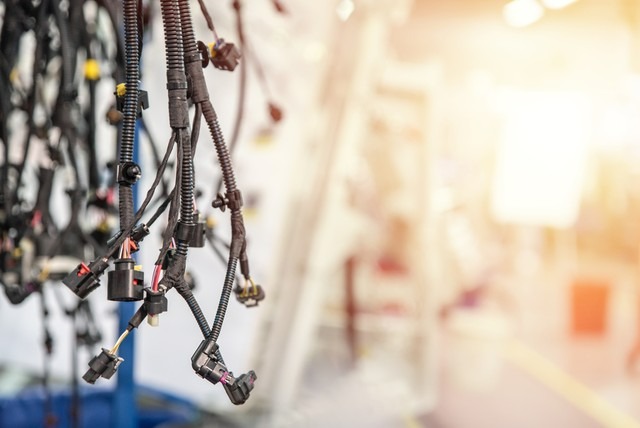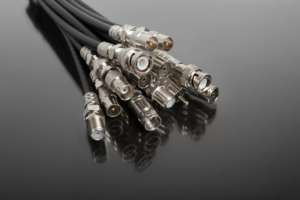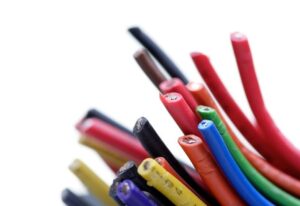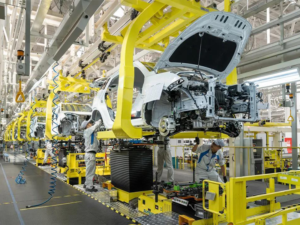What are the advantages of automotive wiring harnesses?
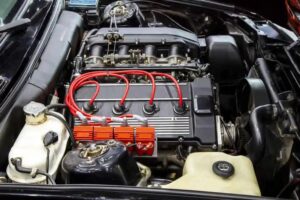
The advantages of automotive wiring harnesses include:
Reduced likelihood of short circuits: With automotive wiring harnesses, there is a lower possibility of circuit short circuits. Why? Because the harnesses bundle multiple wires into well-arranged harnesses. These bundles, while not flexible, are secure and prevent loose connections.
Faster installation:
Installing a wiring harness may take some time, as it involves connecting numerous wires and circuits. However, with automotive wiring harnesses, you only need to connect a single unit, and all wires can function properly. Besides simplifying the installation process, it helps avoid incorrect connections.
Improved fuel efficiency:
Installing an automotive wiring harness ensures optimized fuel usage in a vehicle. In the long run, it can lead to savings on gasoline expenses.
Enhanced durability:
Cars often endure harsh environmental conditions, including extreme cold in winter, heavy rain, and heat waves. Even in such conditions, automotive wiring harnesses continue to function. These harnesses are made of sturdy materials that are resistant to breakage.
Overall, automotive wiring harnesses provide organized and reliable electrical connections, ensuring efficient and durable performance in vehicles.
How to select the right wiring harness for a car?

The following tips will be helpful in selecting the appropriate wiring harness for your car:
Check the circuit connectors:
This is the first and most crucial step. As mentioned earlier, standard wiring harnesses come with 12 circuits, but others have 18 or 24. It is essential to check the circuit connectors to ensure they match your vehicle model.
Additionally, inspect the connection method. Is crimping or soldering required, or a combination of both? A combination of both is optimal for performance.
Check for expandability:
Your car may currently require a wiring harness with only 12 circuits. But what if you have a vehicle that needs 18 circuits? You have options. You can purchase a new wiring harness or opt for an expandable harness that can accommodate additional circuits through assembly. Expandable harnesses also have the advantage of minimizing voltage loss.
Inspect the harness materials:
You want nothing less than a durable wiring harness. To ensure this, check the materials used in the harness, especially the wire and connector materials. For the wires, copper is the preferred choice. Copper or brass can be chosen for connector terminals, while aluminum terminals should be used with caution.
In conclusion, wiring harnesses in automobiles serve as vital bridges between the vehicle’s electrical system and its multiple electronic components.
They provide power and communication during the operation from one component to another.
Without a proper wiring harness, the vehicle’s electrical system would face numerous issues, including power interruptions, reduced efficiency, and, if not properly monitored, even the risk of fire.
Regular inspection of automotive wiring harnesses is crucial so that any signs of damage can be detected before more serious problems arise.
By doing so, you ensure a longer lifespan for your harnesses and prevent any unexpected maintenance costs.

